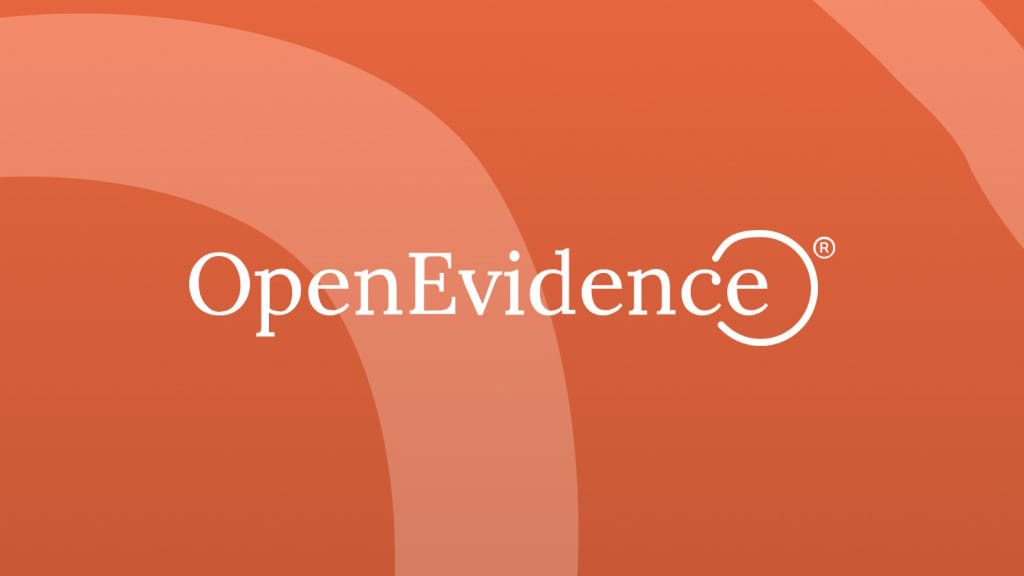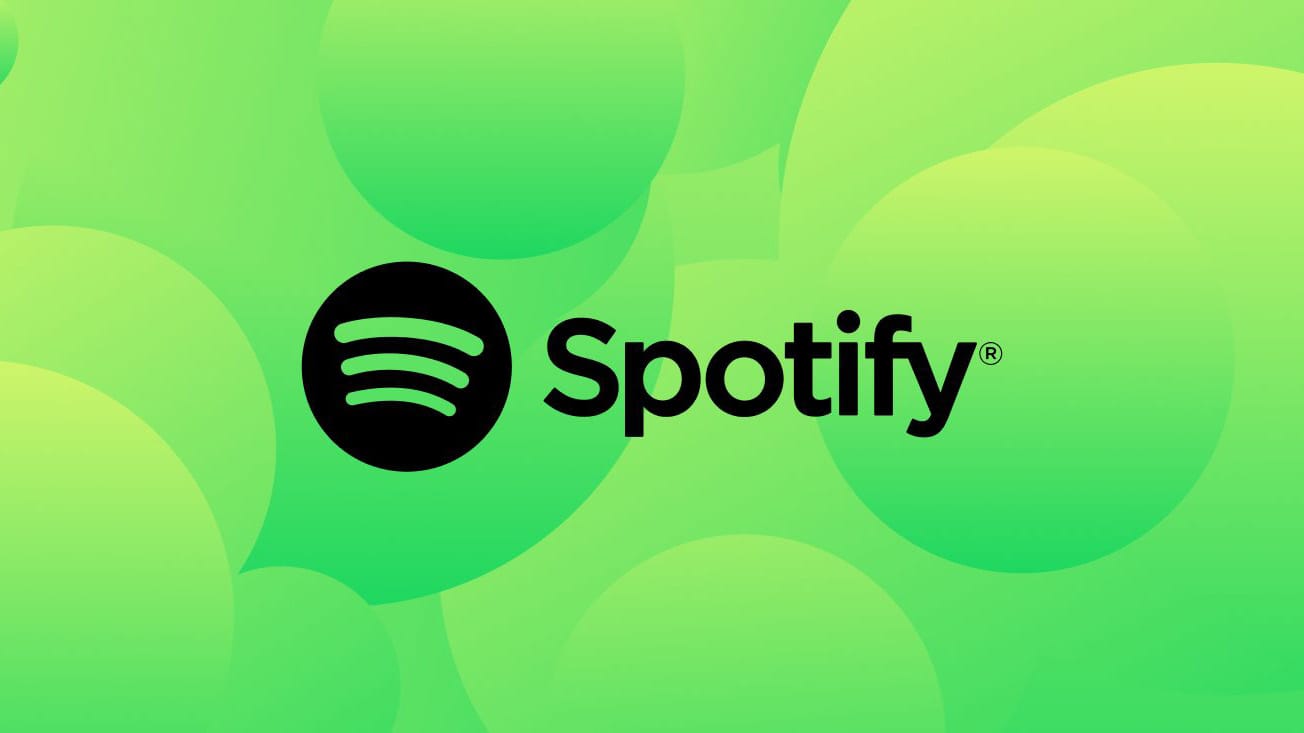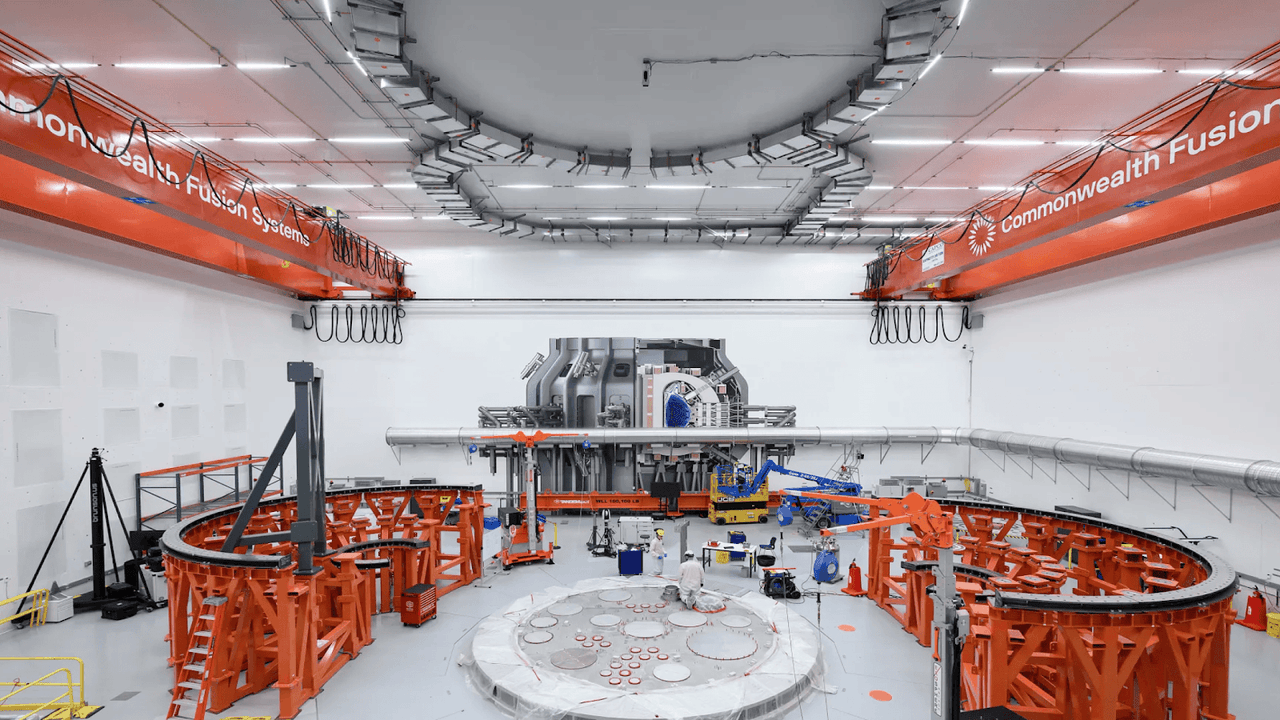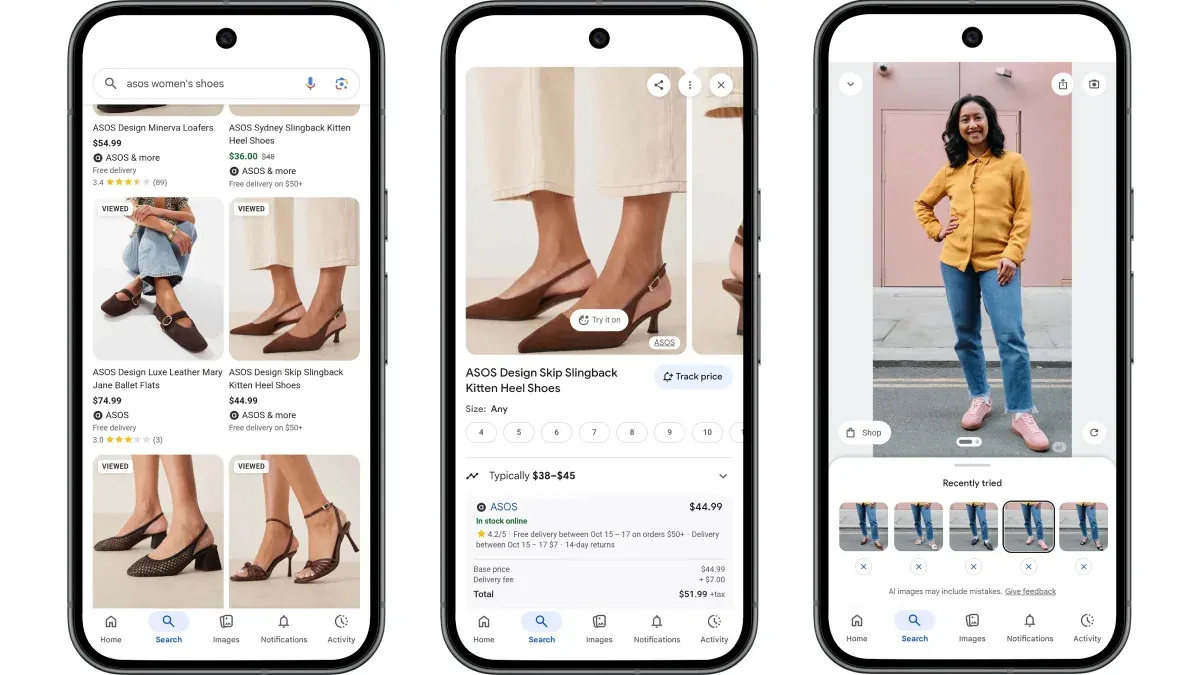Sora: The Beginning of OpenAI’s Attention Economy
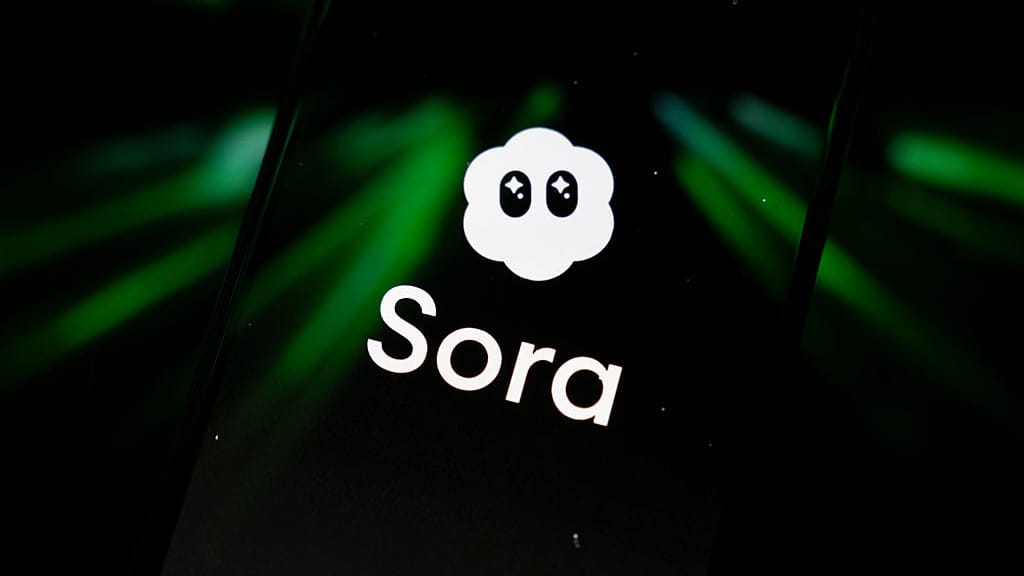
For most of its life, OpenAI shaped culture without ever entering it. It built the engines of intelligence but stayed outside the platforms that distributed it. Its models changed how people write, learn, and work, yet the company itself remained at a distance, powerful, abstract, and invisible to everyday life.
Then came Sora.
At the end of September, OpenAI unveiled two things at once: Sora 2, its next-generation text-to-video model, and the Sora App, a consumer platform that looked suspiciously like a social network. Within days, it topped the U.S. App Store, fueled by viral clips of AI-generated short films that were equal parts surreal and cinematic.
But the real story was not the realism of the videos. It was the realism of the ambition. For the first time, OpenAI was not selling intelligence to other companies; it was building an ecosystem for everyone else to inhabit. Sora marked a quiet but unmistakable pivot. OpenAI stopped being only a maker of models and began acting like a distributor of imagination.

